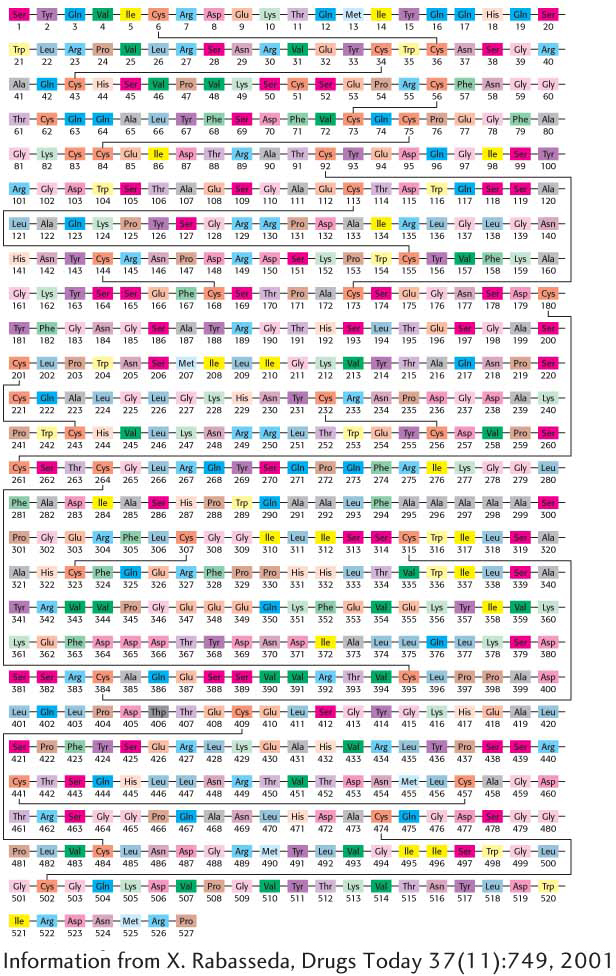
Techniques in Protein Biochemistry


Earlier in this section, we learned some of the basic principles of protein structure and function, and proteins will continue to hold our attention as we examine them in their metabolic context. This focus on proteins raises an interesting question: How do we know what we know about proteins? The first step toward learning how proteins work in the cell is to study their behavior outside the cell, in vitro. To do so, the proteins must be separated from all of the other constituents of the cell so that their biochemical properties can be identified and characterized. In other words, the protein must be purified.
In this chapter, we will examine some of the key techniques of protein purification, including powerful immunological techniques. All of these techniques take advantage of biochemical properties unique to each protein. Then, we will learn how one crucial property of proteins—